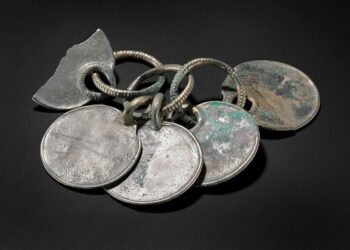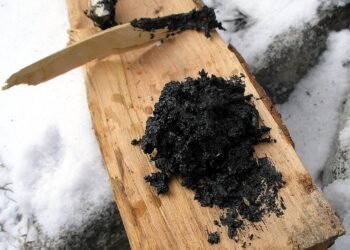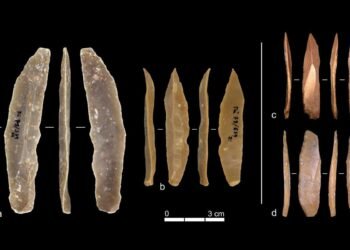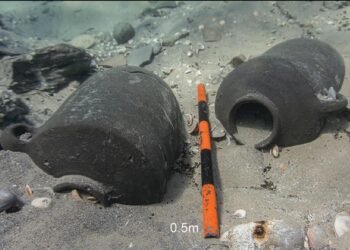In 2023, archaeologists conducting an underwater survey at the ancient Roman port of Puteoli, now modern-day Pozzuoli in Italy, uncovered the submerged remains of a Nabataean temple. This discovery marks the first known temple of this ancient Arab civilization to be found outside their traditional territories.
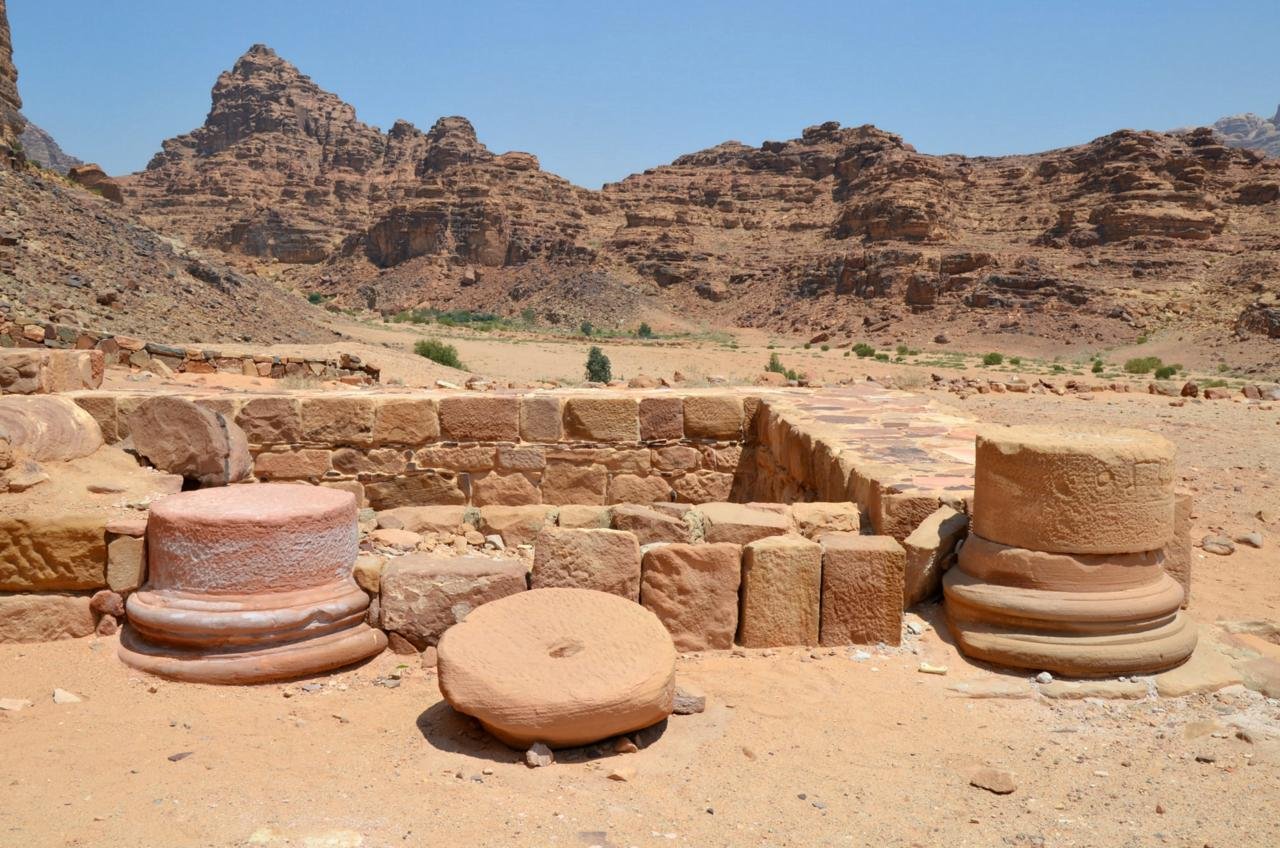
This discovery is part of the broader “Between Land and Sea” project, an initiative led by the Italian Ministry of Culture and the University of Campania to explore the submerged archaeological treasures in the Gulf of Pozzuoli.
Puteoli, established as a Greek colony called Dicaearchia in the 6th century BCE, was later annexed by Rome following the First Samnite War. The port city emerged as a major trading hub, serving as a gateway for goods from across the Roman world, particularly grain shipments from Alexandria. Over the centuries, the region’s active volcanic activity led to land subsidence, causing parts of Puteoli, including this Nabataean temple, to become submerged.
The temple, which dates back to the height of Nabataean-Roman relations between the reigns of Augustus (31 BCE – 14 CE) and Trajan (98 – 117 CE), was likely constructed during a period of Nabataean wealth and independence. The Nabataeans controlled lucrative trade routes, transporting luxury goods from the Indian Ocean across desert caravans to the Mediterranean. Puteoli, as a key port, likely saw a flow of these goods, reinforcing the importance of the Nabataean community there.
Researchers have identified that the temple consisted of two rooms, designated Room A and Room B, constructed using local materials such as tuff and pozzolana. The walls were built with opus reticulatum, a typically Roman technique using small volcanic tuff blocks. In Room A, two white marble altars made of Luni marble were found. The larger altar has eight rectangular cavities, believed to have housed anepigraphic betyls, sacred stones used in Nabataean worship. One of the marble slabs bears the Latin inscription “Dusari sacrum,” dedicating the temple to Dushara, the chief deity of the Nabataean pantheon. This inscription, along with the Roman-style construction, reflects the integration of the Nabataean merchants into the Roman world while maintaining elements of their cultural and religious identity.
According to the study authors: “The existence of a Nabataean sanctuary within the port area confirms that there was a community from that region participating in the commercial activities of Puteoli.” The temple’s location in the vicus Lartidianus, a neighborhood associated with foreign merchants, reinforces this connection. Its north-facing entrance likely linked to internal trade routes within the bustling port district. The researchers propose that the temple may have been an open-air structure, typical of Nabataean places of worship, though the exact configuration of the roof remains unclear.
The decline of the Nabataean presence in Puteoli is tied to the annexation of Nabataea by the Roman Empire in 106 CE when Emperor Trajan created the province of Arabia Petraea. This marked the end of Nabataean independence and the integration of their trade routes into the Roman network, leading to a decline in their influence. By the early 2nd century CE, the temple was filled with concrete and sealed off, a common practice in Rome for dealing with consecrated sites. Rather than dismantling or destroying the temple, it was simply covered over, and a new walking surface was built above it.
Artifacts found in the stratigraphy, including amphorae, suggest that the temple was abandoned shortly after the creation of the Roman province of Arabia. This event marked the end of the Nabataean community in Puteoli, closing a chapter of cultural exchange between the Nabataeans and Romans.



